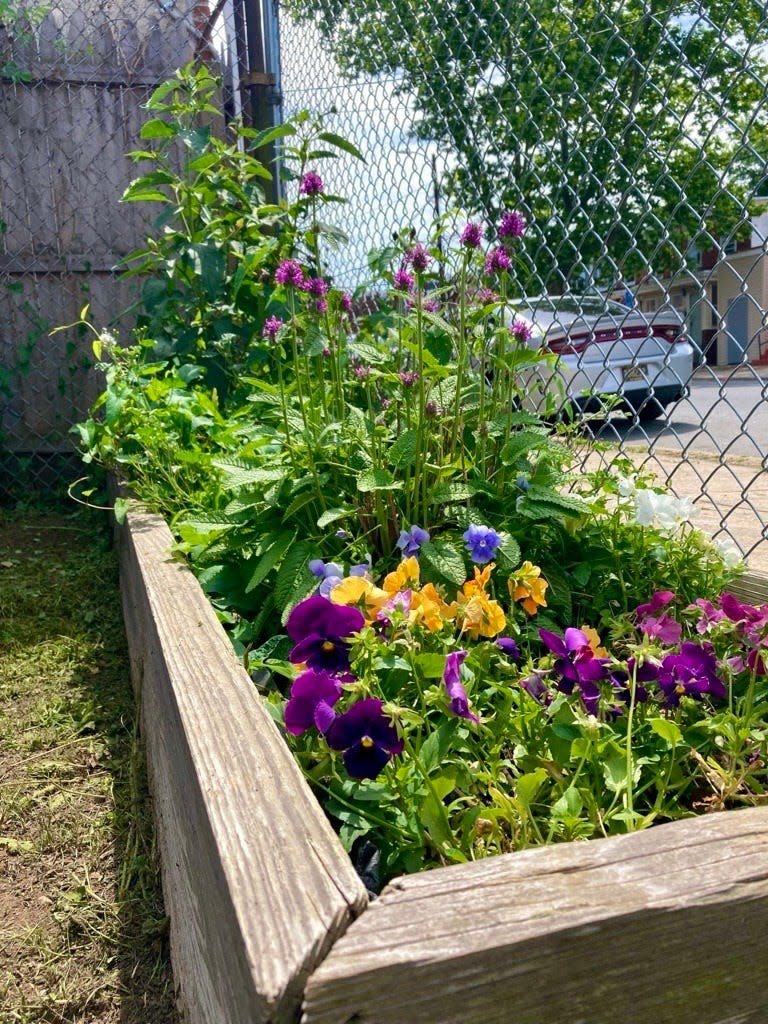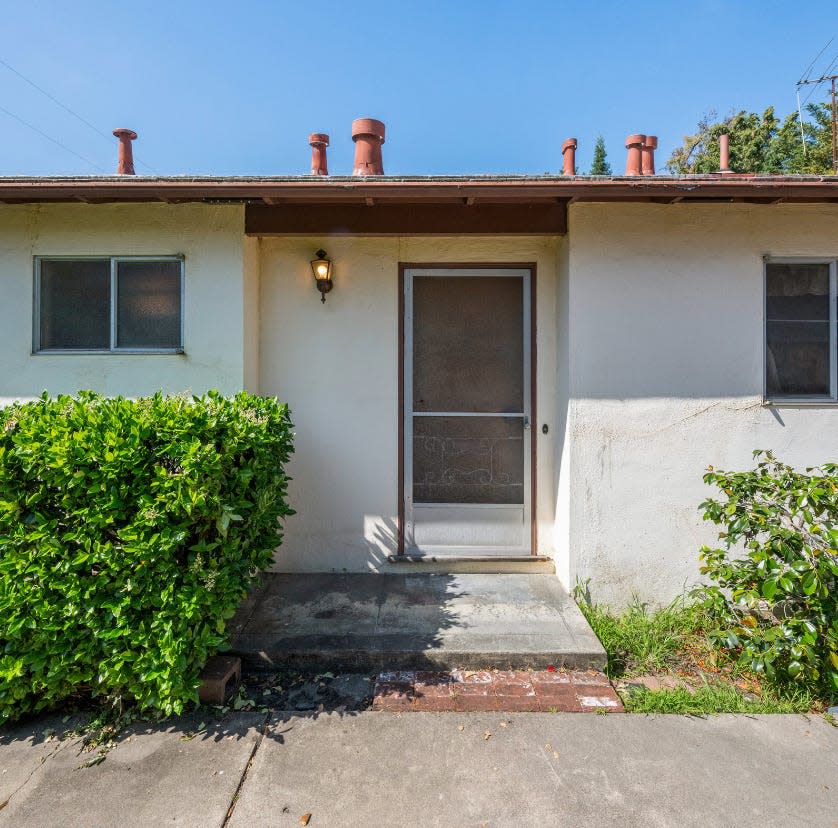Although a garden may feel like an impossible task due to limited outdoor space, the power of containers and small space strategies can help, according to an LSU AG Center news release.
This type of gardening is known as micro gardening — a way to maximize limited spaces. By optimizing small areas through sustainable practices, it’s possible to grow food and flowers on balconies, kitchen counters, patios, porches, small yards and even rooftops.
Just because you don’t have a sprawling yard or a huge field doesn’t mean you can’t raise your own produce. Micro gardening is cost-effective and adaptable, allowing gardeners to start small and expand over time. There are many options when micro gardening, including container gardening, raised beds, hydroponics and vertical gardening.
According to the U.S. Census Bureau, the median lot size for American homes decreased by 10,000 square feet between 1992 and 2019. Small-space gardening not only addresses the challenge of limited space but also promotes sustainable living.
By growing vegetables and other plants in small spaces, gardeners can enjoy fresh produce and beautiful flowers regardless of their lot size. Embrace the versatility of micro-gardening to transform any small space into a thriving garden.
One technique mentioned is container gardens, which utilize various items such as recycled plastic containers, buckets, grow bags, wooden boxes, ceramic pots, window boxes, barrels, water troughs and pallets. You can grow almost anything in containers by using a good growing medium to support healthy growth and ensure proper drainage to prevent root rot. Herbs such as basil, parsley, cilantro, chives, mint, thyme, oregano and rosemary can be grown in small containers or window boxes.
Raised beds are especially popular for vegetable production. A gardening mix formulated for raised beds is essential for vigorous growth. You can fill beds with native soil but be sure to soil test to know your soil makeup, nutrient availability and pH. You may need to supplement with fertilizer or other amendments.
Hydroponics is another path for producing vegetables in small spaces, the release said. Growing plants in nutrient-rich water without soil is a practice that dates back to the Aztecs. Systems are easy to set up, with commercial and DIY hydroponic systems readily available.

The last technique is vertical gardening uses structures to grow plants vertically and, as a bonus, lends an aesthetic boost to your outdoor space. This trend adds dimension and efficiency that you can use to create garden rooms or to conceal areas, the release said.
Bush beans, snap peas, snow peas, and squash are compact plants that produce a good yield without requiring much room. These are great for vertical growing spaces. Cucumbers, especially dwarf or bush varieties, are well-suited for small spaces and can be trained to grow vertically in addition to trailing for hanging baskets.
By selecting these versatile and compact vegetable varieties, you can make the most of your small gardening space and enjoy a bountiful harvest.
This article originally appeared on Lafayette Daily Advertiser: Micro gardening is a way to grow cost-efficient garden in small space
Signup bonus from





